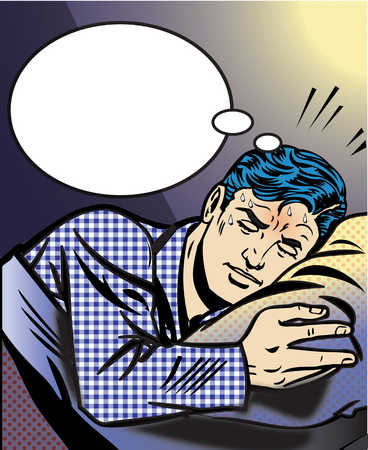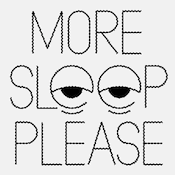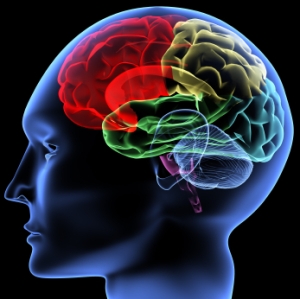My friend was on Instagram and saw a picture of a celebrity, which then prompted her to start complaining and obsessing over how perfect she was. As she kept complaining, I thought about how she is not the only one to have done that. It seems everyone envies what they see on social media and become less confident with themselves. This causes negative insecurity throughout the social media’s population, as it suggests an unrealistic model of everything someone should be. This report gives information on a study conducted:

Participants: This present study consisted of participants from a university in Rocky Mountain. These 323(ranged from 18-55 years old) participants were not randomly selected, as they had to be enrolled in a psychology course at the university. The subjects were engaged in an online survey that asked questions on how they ate and their exercise habits. Their data had a good spread, with 294 completing the whole survey, and 172 as female and 122 being male. The results could end with direct causality(Social media–> low self esteem), reverse causation (low self-esteem–>social media), a third confounding variable that somehow affects both variables, or change (which is always an option).
Method: The objective was to measure self-esteem, as well as media influence. To start with self-esteem, the subjects were measured under The Texas Social Behavior Inventory (TSBI). The study worked with the subjects replying about their comfort level in social settings. The way that the TSBI scale works is a 5 point scale with 1 being the least like the person and 5 identifying the most like the person. Based on that, the higher the score, the better the self-esteem; when the scores were summed up, they got a range of 0-80. In order to determine the influence from social media, the subjects were engaged in the SATAQ3 (Sociocultural Attitudes towards Appearance Scale Questionnaire 3). To explain how it works, it measures athletic pictures, overall media beliefs/stereotypes, social encounters/issues, and unrealistic goals media has placed upon society (being model-thin). It works as a 5-point scale like the TSBI did, only a scoring of 1 represented that the participants completely disagreed (contrary to that, 5 was definitely agree). However, the higher the score, the less happy and more insecure the participant was with their body.
Results: The variable of gender was considered and was taken into account; with that being said, the article report claims that they tested separate regression for male and female for self-esteem. The data indicated that females had greater results in wanting to be thin, as there was a significant correlation of their self-esteem and media influence levels. Self-esteem had significant impact in the overall women’s desire to become thinner. However, the report states that the influence of self-esteem did not stay significant when the social media came into play; it only became fully significant for males and their body-type desire.
From this study, we can see that social media has made an impact on the population of males and females, in the sense that it causes lower self-esteem and anxiety amongst its audience.
An additional source offers more data on the subject matter. A study was conducted to determine the relationship between low self-esteem and people with more exposure to higher social interactions.
Participants: College kids were the source of the subjects
Experiment: The report explained that the participants went through questions that asked about their habits on Facebook, their positive vs negative comparisons on Facebook, as well as their reflection on self-esteem. To measure self-esteem, the experimenters engaged in the Rosenburg Self-Esteem Scale. To explain that, it looks at someone’s self-reflection. In order to determine the subject social comparison, they were asked about their limits on if they pay more attention to people on Facebook who seem to be doing better, or worse. The data was collected on a 5 point scale with 1 answering no to the question of if people looked more at people who were doing worse (5 was that they did a lot).
Results: The results indicate the Facebook usage was negatively impacted with self-esteem, as the p value came to .02. As the source gave a variance table with more statistical values, we can see that social media has negatively shown the participants with worse self-esteem.

This goes to show that social media is not just for likes, but underlying it sadly effects its population. Males and females are losing self-esteem, as they feel like they need to look like that model on the cover of the magazine; otherwise they will not be seen as what a woman/man should be seen as. The sad truth is that everyone gets impacted by social media, because we set unrealistic expectations that everyone should look a certain way since society says so. I am glad that I researched this topic because I was curious as to how much social media affected people.
Here is another article I found insightful on the topic of social media and its negative factors:
Photo Sources:
http://www.healthyplace.com/blogs/buildingselfesteem/2015/07/how-social-media-messes-with-your-confidence/
http://www.healthyplace.com/blogs/speakingoutaboutselfinjury/2013/07/22/struggling-with-self-harm-and-low-self-esteem/













